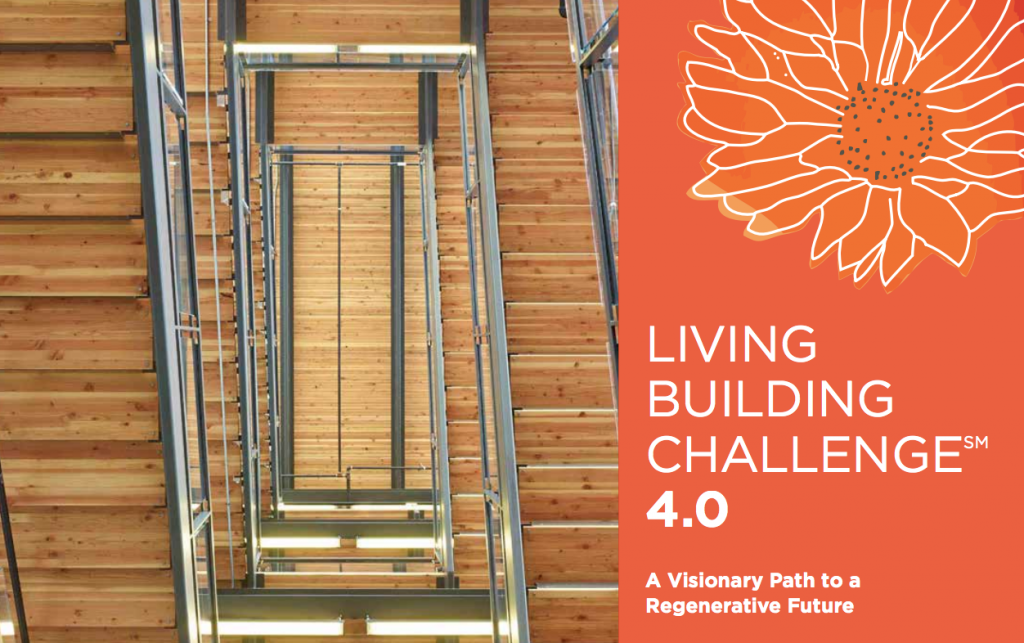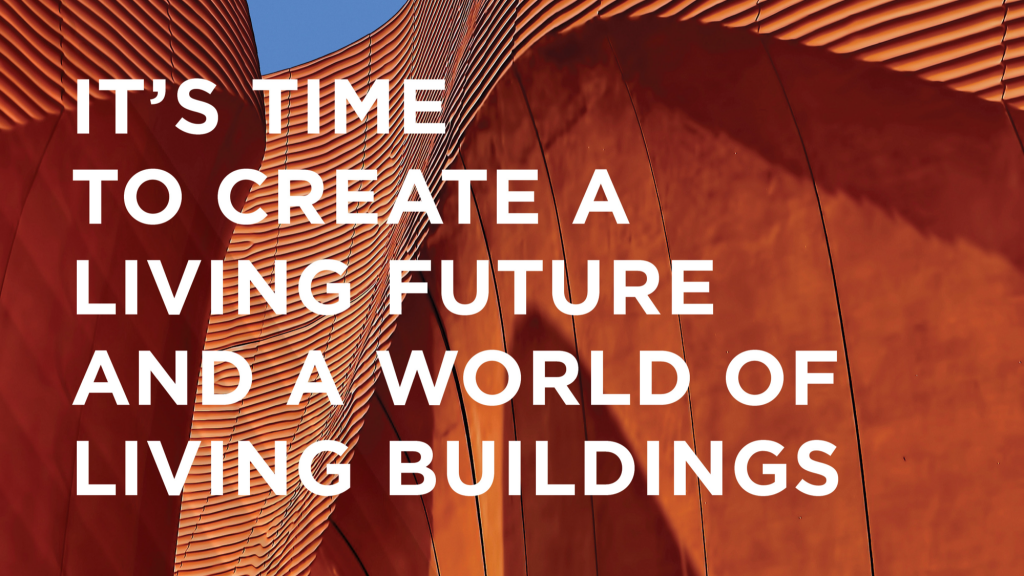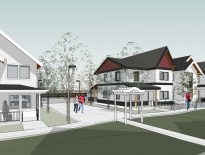The Evolution Towards the Living Building Challenge 4.0
Now that we are into the second decade of the Living Building Challenge (LBC), the world’s most rigorous green building program, it is an appropriate time to reflect. It’s now time to wonder both whether we have achieved the impact we sought to create and how we can continue to lead the building industry through the next decade in order to create as much additional impact as possible.
The Living Building Challenge was intended to be both visionary and provocative. It would stretch what had become merely acceptable as a green building toward a new definition of green building that would actually start to reverse global climate change, heal our polluted environment and restore our world’s ecosystems. The LBC filled a void for those who sought a deeply transformational approach to buildings, one measured by performance rather than points or lists. With over 100 certified and nearly 550 registered projects – projects ranging from small, single-family homes to environmental centers to massive commercial buildings – we have both the people who know and the square footage to show that the impossible is possible.


While we’ve been successful in showing that the impossible is possible, our progress needs to accelerate, both in the mainstream green building market and in stretching that market towards regenerative design and systems-thinking. Our natural systems are declining rapidly; the International Panel on Climate Change’s report last fall outlines that we have only 12 years before the implications of climate change start to irreparably alter the world as we know it:
“Pathways limiting global warming to 1.5C would require rapid and far-reaching transitions in energy, land, urban and infrastructure… including buildings and transportation.”
All of this has spurred deep reflection while we internally considered a new version of the Living Building Challenge standard. Together with analysis of the iterative feedback received from registered and certified Living Buildings and from our third party auditors, I realized that we needed to embark on a journey to achieve two new goals. First, we needed to simplify the program so that Living Building project teams are spending the majority of their time in creating the most impact. Second, we sought to fill the gap between the highest levels of mainstream green building certifications and the entry point to the Living Building Challenge certifications while keeping the ambitions and rigor of the LBC intact.
Some of the biggest barriers to achieving the Living Building Challenge have laid with one of its most compelling visions – absolutism. Achieving the standard’s Red List Imperative for 100% non-toxic chemicals and its requirement for FSC wood has led to many layers of exceptions. LBC allows for exceptions because we recognize the limitations of the market, but the result is project teams who actually achieve closer to 80% of the goal and spend a large portion of their time seeking solutions and requesting exceptions for the remaining 20%. As well, while we have made incredible progress towards making the Materials Petal more achievable, transforming the entire building materials industry towards transparency along the way, Water Petal compliance is still limited by cost issues and respective health department regulations.
As with any new version of the Living Building Challenge, the search for performance-based and systems-based solutions is a continual exploration. When a project aspires to attain the ideal, we believe that the genius of the project team’s design response – both their challenges and their successes – should be the basis on which we evolve the Challenge. The Living Building Challenge version 4.0 will embrace this approach fully and evolve alongside our project teams. Together we will continue to innovate and deepen our vision for achieving a society that is socially just, culturally rich and ecologically restorative.
The Living Building Challenge 4.0 will be released on May 1st at the Living Future unConference in Seattle, WA.



